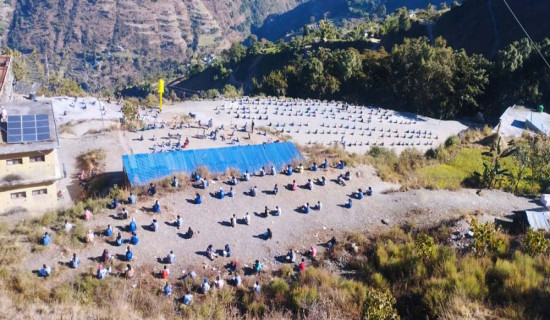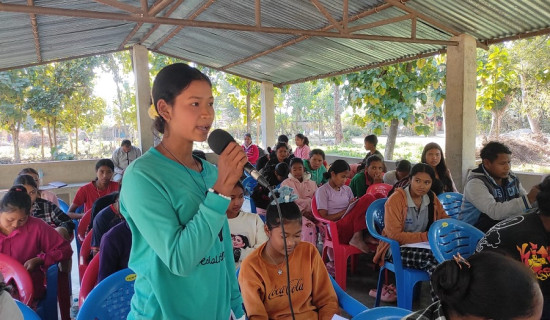- Wednesday, 25 December 2024
Gorkhapatra turns 123 and counting
By A Staff Reporter,Kathmandu, May 7: “May all be happy, may all be healthy.May all be well, may no one be in sorrow.”
For nearly a century and a quarter, this motto and the paper that carries it on its masthead, have been stalwarts of Nepali journalism. Gorkhapatra, a name once synonymous with newspapers in Nepal, enters its 123rd year of publication on Sunday, and its parent organisation Gorkhapatra Corporation celebrates its 61st anniversary.
So profound has this paper been in Nepali media that the Government of Nepal has declared its foundation day – Baisakh 24 as per the Nepali calendar – as National Journalism Day.
Gorkhapatra is not the first Nepali-language mass media, there were magazines published inside and outside Nepal before it. But it was one of the first to move away from literature and prioritise news and information of public interest and importance.
The credit for starting Gorkhapatra goes to Dev Shumsher, considered the most liberal of the Rana prime ministers. Realising the importance of an informed citizenry, he initiated the publication of Gorkhapatra in 1901.
Dev Shumsher laid the foundation for the newspaper, but he did not stay in power long enough to build upon it. That was done by Jaya Prithvi Bahadur Singh who, despite serving under the tyrannical Prime Minister Chandra Shumsher, kept Gorkhapatra alive and growing.
Since 1963, Gorkhapatra has been published by the Gorkhapatra Corporation which also publishes the English-language daily The Rising Nepal, literary magazine Madhuparka, youth magazine Yuvamanch and children’s publication Muna. The Corporation functions under the Gorkhapatra Corporation Act enacted the same year.
Gorkhapatra began its life as a weekly paper. Its first issue was eight pages long and on the front page, the paper highlighted its objective to serve the public by disseminating news and information and acting as a bridge between the ‘subjects’ and the ‘rulers’.
The newspaper gradually increased its publication frequency to two times a week and then three times before becoming a daily from February 16, 1961. In addition to introducing print journalism to Nepal, Gorkhapatra is also credited with publishing the first news photo. On April 25, 1927, the paper published a photo of a woman, Surya Mati Shresthani, weaving cloth using the Shree Chandra Kamdhenu spinning wheel. This photo is credited with ushering in the era of photojournalism in Nepal. Gorkhapatra is also a pioneer in the field of multilingual journalism. It began its ‘Naya Nepal’ page on September 18, 2007, and currently publishes news and articles in 38 national languages of Nepal.
Over the years, bureaucrats, politicians, monarchs and ordinary people have called Gorkhapatra a newspaper of record and a witness to history. It outlived the Rana regime, saw the rise and fall of post-Rana democracy, experienced absolute monarchy of the Panchayat years, published the proposed draft of the new constitution of 1990, covered the 10-year People’s War, witnessed the abolition of the monarchy and is still alive and kicking here today as the mouthpiece of the sovereign people of the Federal Democratic Republic of Nepal.



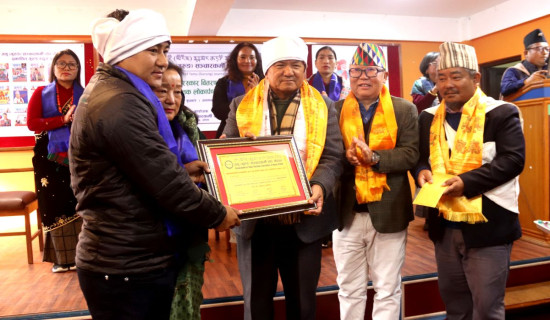
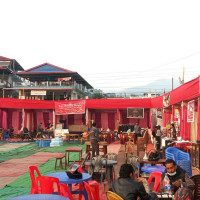
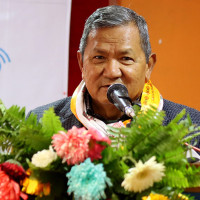
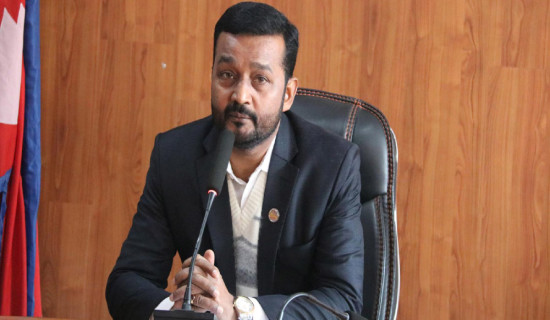
-square-thumb.jpg)
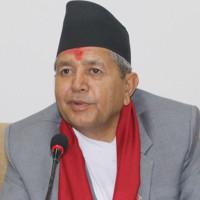
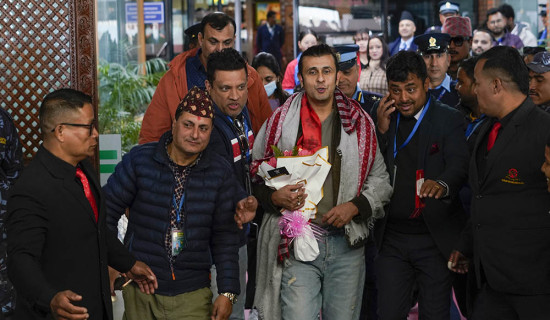
-original-thumb.jpg)


